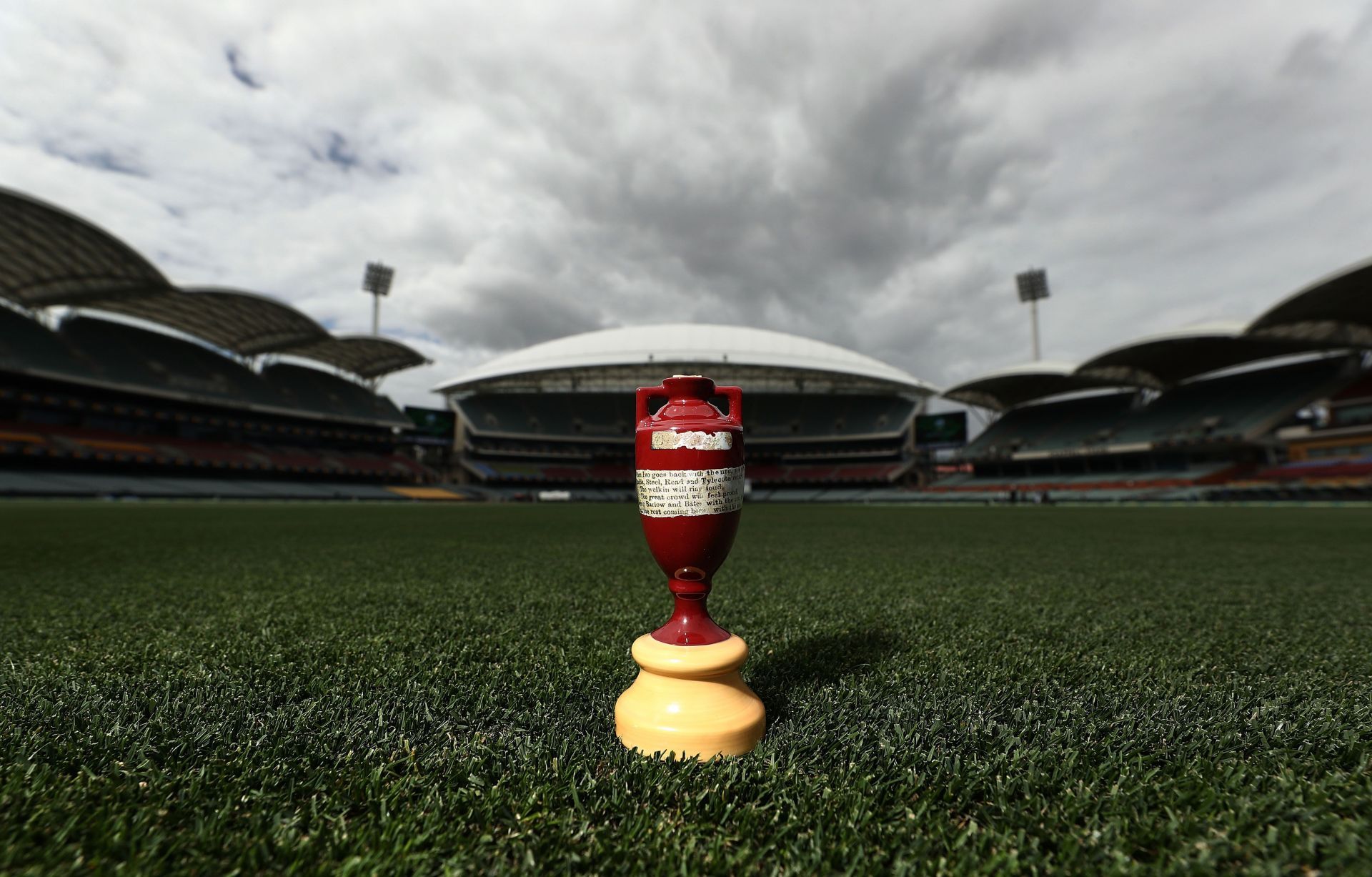
Ashes 2021-22 : New Year, Same Old Problems
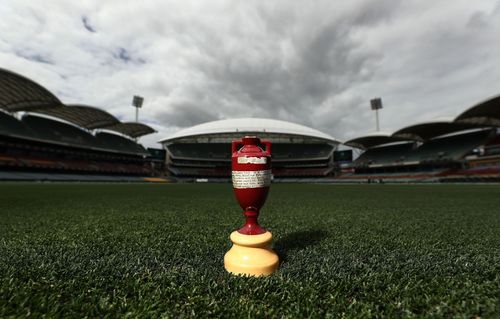
England lost yet another Ashes series in Australia in double-quick time and managed to avoid a whitewash by 1 wicket. Many inquests have been made into this series loss, with this being another one of those. Here are some of the long-standing issues a visiting England team faces on every Ashes tour.
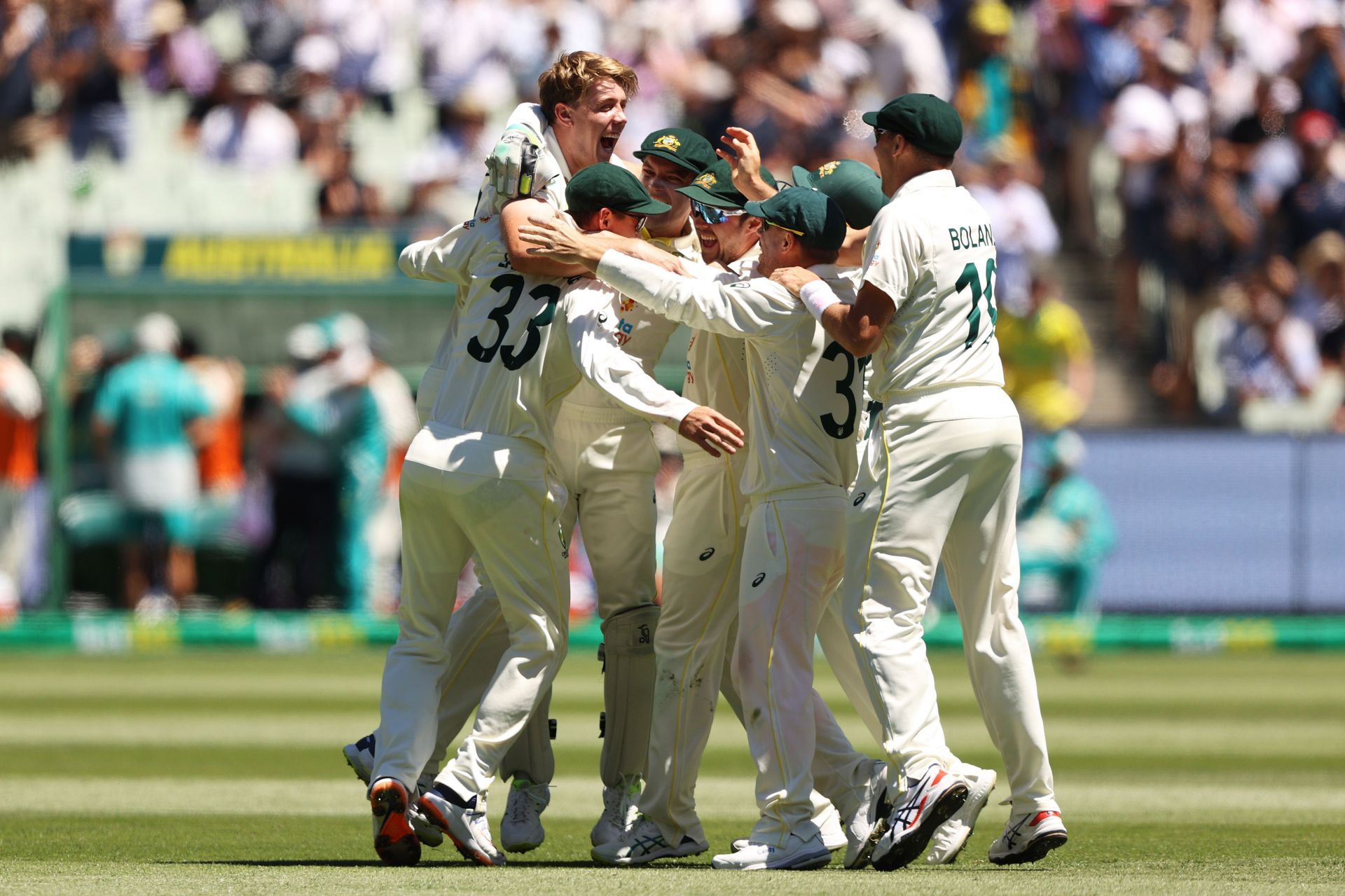
The big issue has been the actors in the play, but it is not limited to the ones that dominate the Ashes series. It's about the entire team, really. England did pick their players based on form, but the top 6 have been incredibly weak in all 5 Tests. England has been in a sort of unique position because 2 of their top 3, Hameed and Malan, were nowhere on the selectors’ radar for this series some months ago.
But some noteworthy performances at home against India helped their cause. Prior to that, Dom Sibley and Zak Crawley were scheduled at 1 and 3 for England. Crawley, who played in the Boxing Day Test at the MCG, the New Year's Test at the SCG and the final Test at Hobart, was brought in to open the batting. Ultimately, it is this mixing and matching that is hurting England’s top 6. Granted, Hameed/Burns and Root are fixed in their positions, but there should be a push to play batters, especially inexperienced ones, in the positions that have brought them into contention. While Hameed’s returns have also been sub-par in this series, it is unlikely he will be replaced (Burns was brought back in his place, as was seen in Hobart), considering Dan Lawrence (all 5 Tests) and Ollie Pope (3rd and 4th Tests) were the only other unused batters from the squad.
A prime example of batsmen playing in their preferred position is Rohit Sharma, He is only now India’s first-choice Test opener, despite having made his debut nearly a decade ago. The majority of his Test career was spent fitting him into a number 5 or number 6 role.
But ever since he took the helm during India’s tour of Australia at the start of 2021, not only he became India’s leading run scorer, but also served as Virat Kohli’s deputy, and now looks primed to take over as the Test captain. Admittedly, a prolific white-ball record as well as captaincy in the IPL might have helped his case for the top job, but his performances at the top of the order now mean that one of India’s long-contested opening slots looks set to be filled for some time.
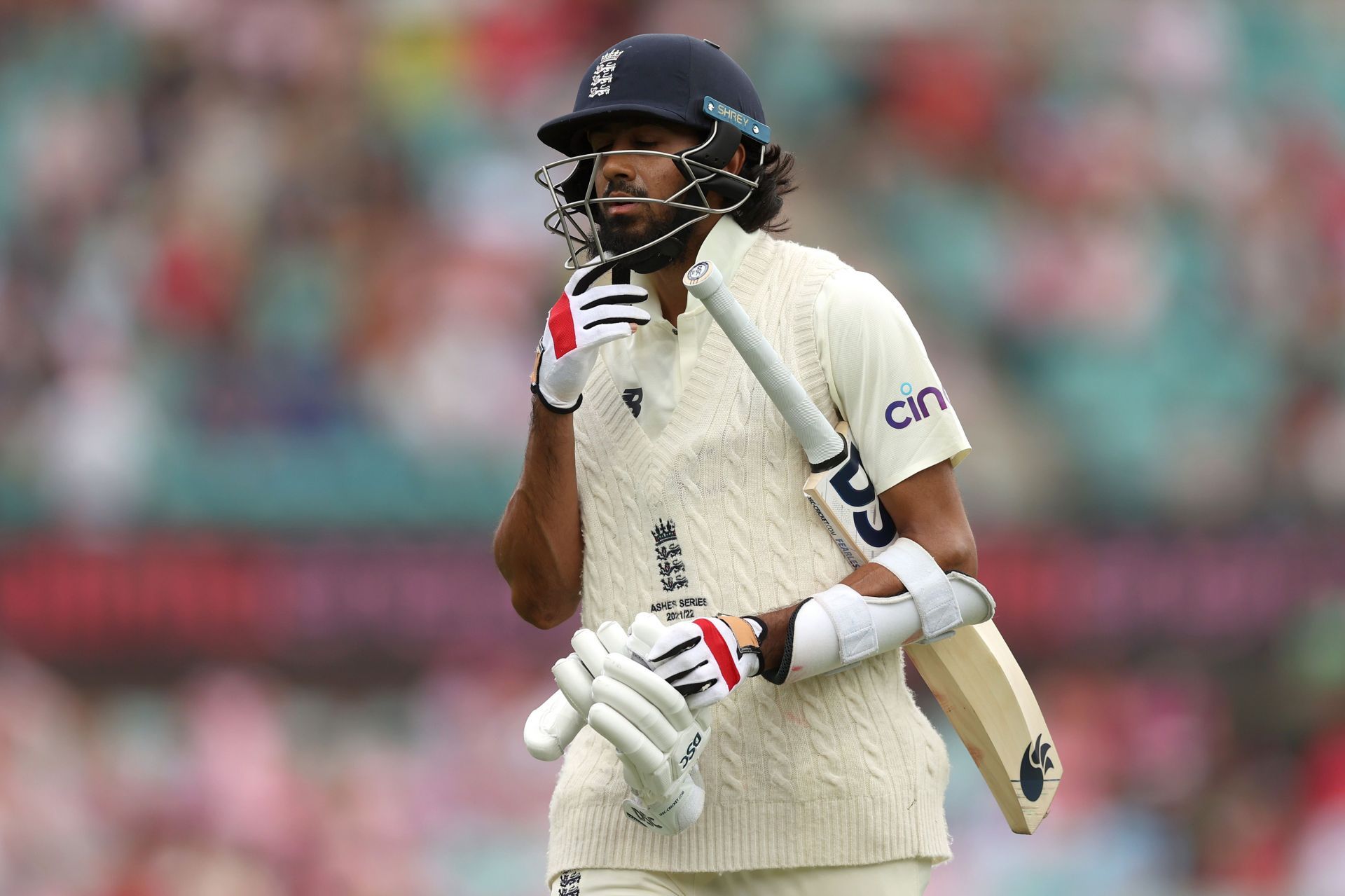
England's top two bowlers have been the same the last 15 years
What was also surprising was the number of Englishmen playing in Australia for the very first time. In the opening test at The Gabba, five of the starting XI had never played in Australia in any format, and seven had never played a test match in Australia. Reducing that number might have been tough to do, but having some practice going into the first test might have proven useful in reducing that rawness.
This seems to be adding to the rather curious trend of having new players come in on somewhat helpful pitches. Tom Curran and Mason Crane from 2017-18 and Scott Borthwick from 2013-14 come to mind. The other aspect of team composition is in bowling too. While Jimmy Anderson and Stuart Broad share nearly 1200 Test wickets between them, it is well known that they are at the tail end of their careers, especially Anderson, who at 39 has been England’s leading wicket-taker this year.
While it is an excellent achievement, the fact that England’s best two bowlers are the same ones who’ve been topping the charts for nearly 15 years shows a glaring lack of bowling resources and performances. Ollie Robinson has been excellent in his debut season of Test cricket, but pacers like Chris Woakes and Mark Wood need to stamp their authority on this bowling line-up.
Woakes’ ineffectiveness with the ball outside English turfland, is fast becoming a liability unless Woakes hits some form of a purple patch with the bat. For Wood, England might have to take a format-specific approach. He has been one of England’s better bowlers apart from Robinson, as evidenced by his career-best figures at the Bellerive Oval, and so playing him in 2 out of 3 formats could be one way to go considering the veritable fast-bowling riches England possess in white-ball cricket, even though Jofra Archer will be out for a considerable amount of time.
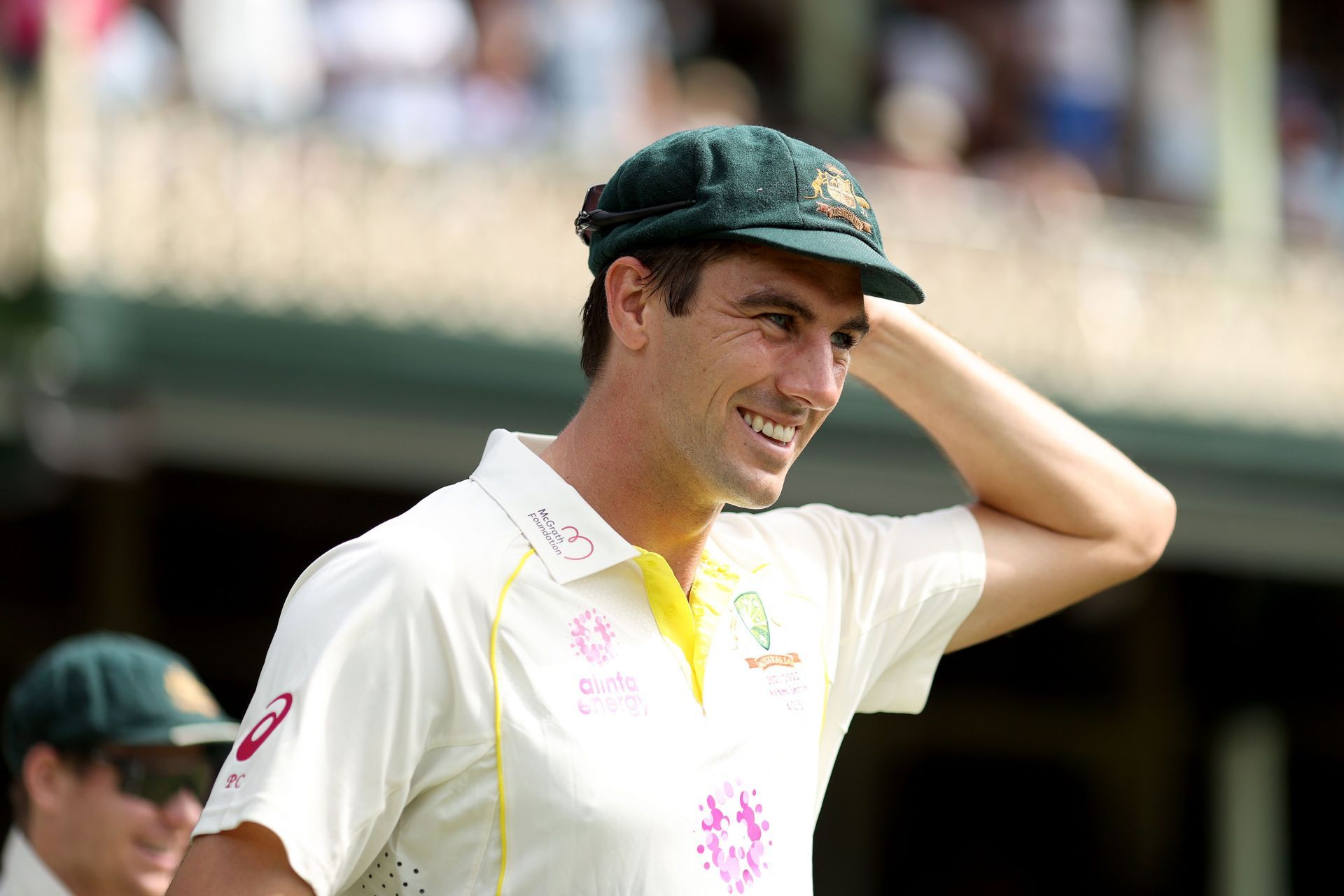
There have been fairly loud mutterings about whether Joe Root should continue as skipper or not. However, removing Root would be far too reactionary a response. Installing a new captain would probably make a volcano out of the proverbial mountain (a superlative to making a mountain out of a molehill). Possibly the only positive coming out of England’s Test season this year has been Root’s returns while playing formidable bowling attacks home and away against India and Australia. And so, taking away the captaincy from a player who has scored 1700-plus runs in a year as part of a batting order (or bowling order for that matter) where no one else has done nearly enough to be considered for the top job is a sizable risk.
In conclusion, perception has also played its hand. Almost exactly 12 months ago, Australia lost a second consecutive home series to India, culminating in defeat at The Gabba, their first at that venue in 32 years against a second-string Indian lineup. Visiting teams simply never won at the Gabba, but a lineup ravaged by injuries and a bowler short chased down 329 on the final day.
A similar inquest had followed, wholesale changes were being demanded, and there were calls to remove Tim Paine from the captaincy. Interestingly enough, 9 of the 11 that played that 4th Test against India in January took the field against the old enemy in December. That number in all probability should have stood at 10, had it not been for Tim Paine’s texting controversy. Truly incredible, the difference a year can make.